Performance heroes: The Audi inline five-cylinder
Few engines are quite as evocative as a petrol-powered Audi inline five-cylinder. It’s a concept that emerged from Ingolstadt nearly fifty years ago, but one which still has the power to captivate enthusiasts of all ages.
Those raised in the ‘80s are probably already imagining Stig Blomqvist beating his way through the forest stages at maximum attack, sawing at the wheel of a Group B Audi Sport quattro A2 rally car on his way to win the 1984 World Rally Championship. If you’re a ‘90s kid, you’re probably daydreaming of an Audi RS2 Avant, bombing along a damp Autobahn with 163mph on the speedometer and ‘powered by PORSCHE’ on the inlet manifold.
Listening to the iconic, offbeat soundtrack of a five-cylinder Audi engine is a life-affirming experience, and you can still buy a new one today. The company describes its latest, high-performance RS 3 and TT RS models as ‘an expression of Audi’s DNA’, although the roots of the original four-ringed five-pot are a little more pedestrian.
Audi 100 Saloon
The first five-cylinder Audi was the 100 saloon of 1976, a car designed to give the company a chance against BMW and Mercedes-Benz in the great German saloon car battle. By fitting a new, 2.1-litre inline five-cylinder engine, the company hoped to bring power and refinement to the 100 range which had been soldiering through the seventies with the VW Group four-cylinder. It’s worth remembering that Audi was a niche manufacturer at the time, a brand in desperate need of elevation. While the new 100 I5 made for a comfortable saloon car that could keep up with rivals, you could never accuse it of being a high-performance motor.
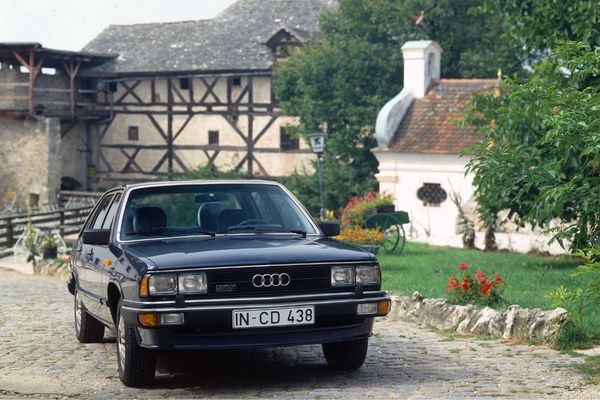
Image Credit: Audi AG
Audi 200 5T
The turbocharged Audi 200 5T arrived in 1979, with forced induction boosting the power of the 2.1 five to 168bhp. Audi had dipped its toe into the performance car segment and its range-topping saloon was now capable of performing 0-60mph in under nine seconds - enough to catch the attention of the motoring press.
Testing the car in September 1980, Motorsport Magazine said: “The Turbo 200 5T is an impressive car. It is very fully equipped, for maximum comfort, it has a most impressive performance, and it is clearly a move up-market, into the BMW and Mercedes-Benz area…”
Helping to elevate Audi’s image might have been mission accomplished for the five-cylinder, had the company not had its sights set on motorsport glory.
Work on the Audi quattro project had begun in 1977, when Audi engineer Jörg Bensinger began work combining Volkswagen Group’s military-derived four-wheel drive system with a two-door variant of the Audi 80 to create a powerful, all-weather coupé. The 2.1-litre turbocharged five-cylinder became an obvious choice, having proven itself as a robust, tunable unit, later becoming intrinsically linked with the high-performance Audi concept.
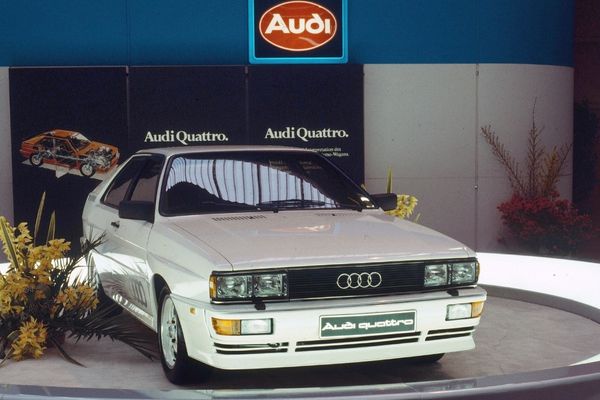
Image credit: Audi AG
Audi Quattro S1 E2
When World Rally ‘Group B’ regulations came into force at the beginning of 1980, which allowed the use of four-wheel drive systems in competition, Audi used the situation to its full advantage. Primed with a tool perfect for the job, the Audi quattro became an immediate frontrunner and the sport would never be the same again.
We won’t get bogged down in how the Audi quattro changed rallying forever, but perhaps not enough credit is given to the engine that propelled Audi Sport to 23 victories in the World Rally Championship. The five-cylinder engine remains a huge part of any quattro’s character, its immense tunability also helping the factory team to remain competitive throughout the short-lived Group B era.
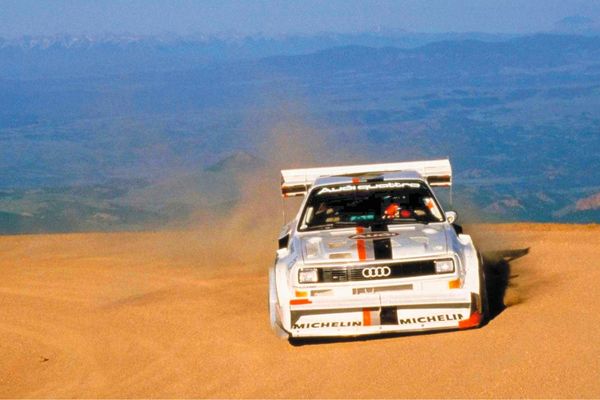
Image credit: Audi AG
Audi 90 Quattro IMSA
When Audi withdrew from Group B in 1986, five-cylinder motorsport success continued. Walter Röhrl won the 1987 Pikes Peak International Hill Climb in an even more powerful evolution of the Audi quattro, known as the S1 E2. Röhrl’s wild, fire-breathing 2.2-litre 20V engine was now producing 600bhp, and his performance in the car would also set the course world record. The Audi works driver later described the effort as, “The peak of what you can do with a rally car.”
Audi of America was keen to have its share of motorsport glory towards the end of the 1980s. The plan was to take what Audi Sport had learned at Pikes Peak to the IMSA touring car series, centred around the latest development of the Audi inline five-cylinder engine. The space-framed, silhouette Audi 90 quattro IMSA GTO only ran for part of a single season, but won seven out of thirteen races – thanks, in part, to the 720bhp inline five-cylinder under the bonnet – and perhaps remains the crescendo of the Audi five-cylinder to this day.
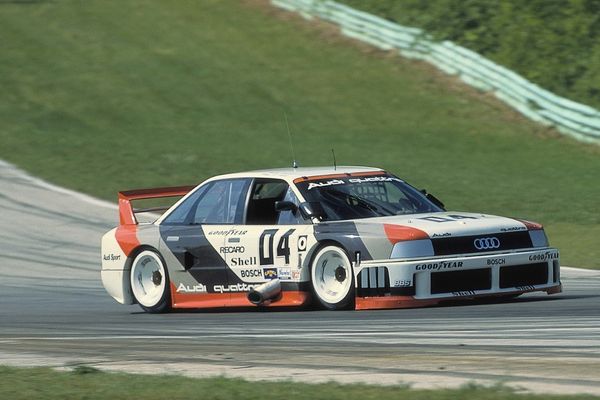
Image credit: Audi AG
Audi RS2 Avant
By 1989, the production Audi quattro was reaching the end of the road, bowing out with the 20V DOHC that lasted until 1991. The inline-five had proven itself as immensely capable on the road, racetrack and rally stage, and Audi’s image had been elevated to new heights once again. The quattro must have felt like a tough act to follow - but the world wouldn’t have to wait long for another high-performance hero from Ingolstadt.
When the RS2 Avant arrived in March 1994, the world hadn’t experienced anything quite like it. Co-developed and built by Porsche, it wasn’t only the first Audi RS model but also the first estate car that could claim genuine super car performance. The 20V quattro engine was modified by Porsche to include a bigger turbo, injectors and ECU, creating a four-wheel drive, 311bhp load-lugger that could do 0-60mph in 4.8 seconds.
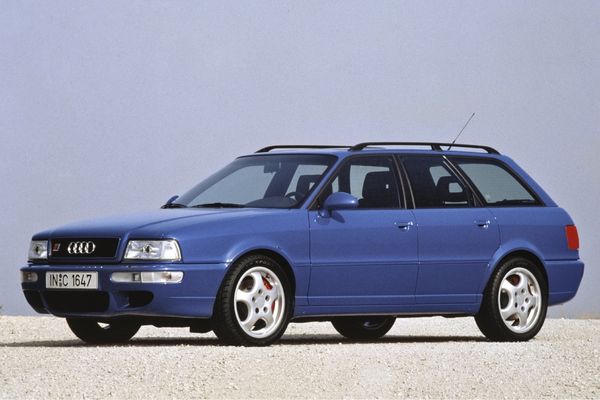
Image credit: Audi AG
Audi RS3
After 2,800 examples had rolled off Porsche’s Zuffenhausen production line, Audi called time on the RS2 and a hiatus for its high performance five-cylinder series. Enthusiasts would have to wait almost 15 years for its return towards the end of the noughties.
The TT RS marked an almighty comeback of the Audi straight-five in 2009, with a 2.5-litre, 340bhp turbo shared with the RS 3 hatchback. This time the engine was mounted transversely, beginning a new era for the Audi inline-five cylinder. Both models remain in the range today, the powerplant being awarded ‘Engine of the Year’ seven times in a row up until 2017.
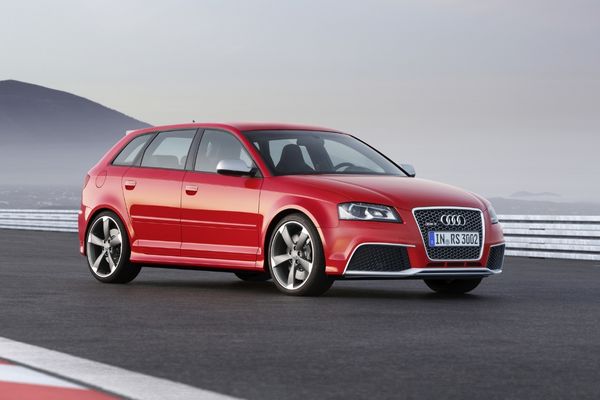
Image credit: Audi AG
As manufacturers edge towards electrification, the writing must surely be on the wall for the Audi inline-five. The company has recently revealed the TT RS Iconic Edition, which may act as a curtain call for the series – a moment we should all take time to mourn. Though it may not be long for this world, the fact customers can still buy a turbocharged, five-cylinder Audi coupe in 2023 is certainly worthy of celebration.
Which is your favourite five-cylinder Audi? We’d love to hear from enthusiasts and owners in the comments below.

COMMENT